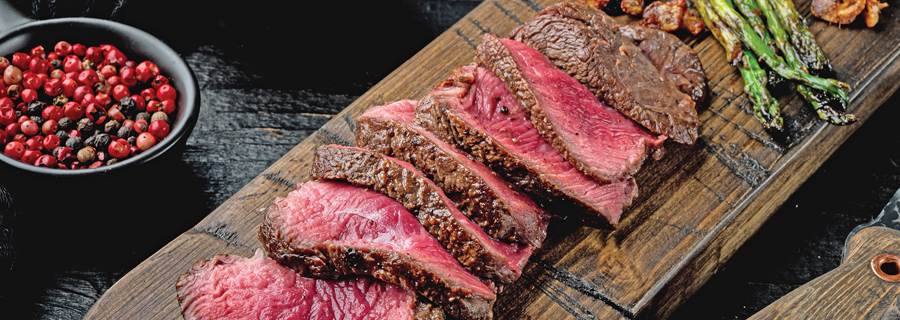Nothing to Hide: The meat industry and cattle hides
About this essay
The original version of Nothing To Hide Essay Five, published at the end of 2014, came from Dr Phil Hadley, now the international market development director at the UK’s Agriculture and Horticulture Development Board (AHDB). Additional information for this new version of the essay has come from the Leather and Hide Council of America, the United Nations Food and Agriculture Organisation, a number of the bodies involved in setting up the 2021 UN Food Systems Summit in New York, some groups opposed the summit, and the BBC.Executive summary
There has always been a delicate balance between the meat industry and the leather sector. Since we published the original version of essay five in the Nothing To Hide series, the challenges facing the meat sector have intensified. The purpose of this essay is to try to track some of the major changes that are affecting the meat sector and to invite those in the leather industry to keep a close watch on what is happening.
Livestock farmers will continue to send cattle to slaughter to supply growing global demand for beef. However, the rise of processed, substitute non-meat protein products (and, especially, the enormous level of influence their advocates appear to have in shaping the policies that will govern global food systems in the years ahead) are making many in the meat sector wary.
A decade of change lies ahead as the world strives to recover from the covid-19 pandemic and to fulfil the United Nations’ Sustainable Development Goals by 2030. Business as usual for the meat industry and, therefore, for the leather manufacturers who use the hides that accrue from it will not be possible.




